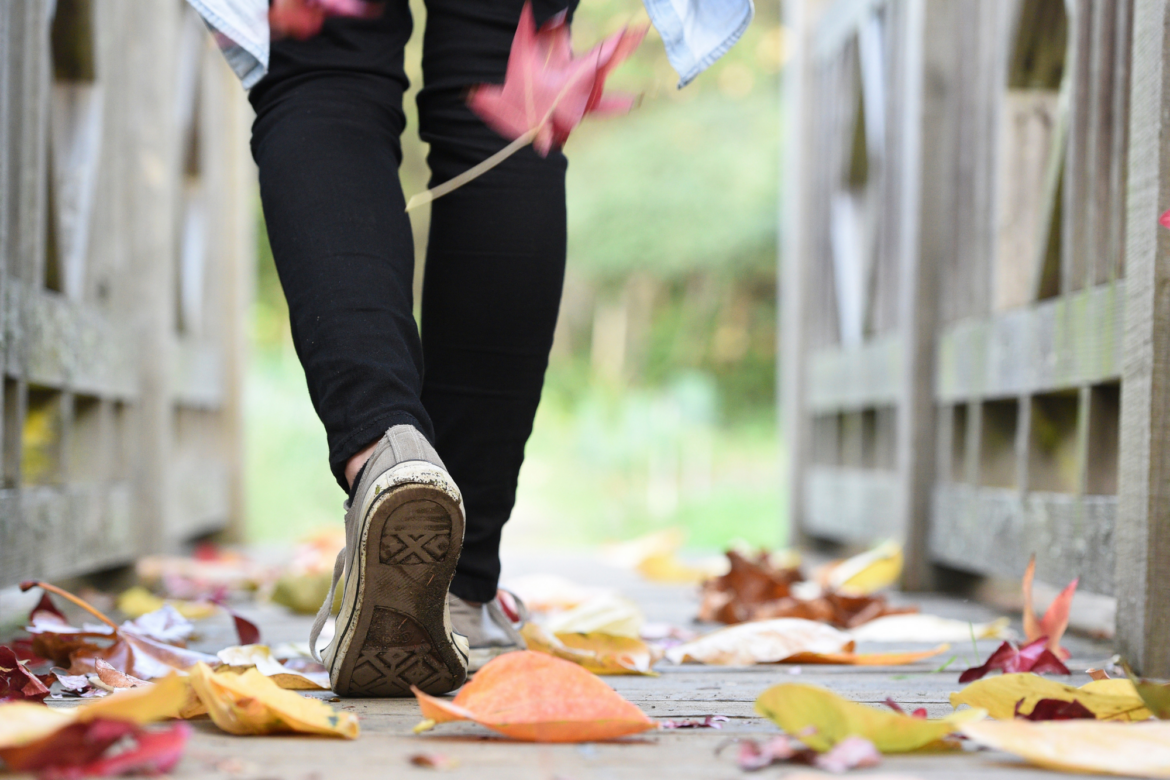Why Balance Is More Important As You Age
As a Certified Falls Prevention Specialist (CFPS), each September allows me to bring attention to Fall Prevention Month. The statistics show that 25 percent of adults 65 and older have at least one fall every year, with over 3 million people requiring emergency room visits due to fall injuries. Statistics like these can be improved. When talking about fall prevention; a few key factors play a role; balance, strength, and environmental factors. This blog helps you to understand why balance is more important as you age.
Let’s Start With Balance
Balance is the ability to maintain the body’s center of mass over its base of support. Having good balance will decrease the risk of falls. Three main inputs work together to keep your body upright. Your vision, proprioception (touch), and vestibular system all work together to maintain your posture and stability in various conditions and activities. With aging, we lose the sharp sensory input, the ability to integrate information quickly, develop slower reaction times, and have decreased musculoskeletal function.
Balance is a skill that can improve with practice and time regardless of level. It is important before beginning new exercises, to consult a Physical Therapist or your Physician to make sure you are ready to begin an exercise program. The best way to improve your balance is through balance retraining exercises. Repetitive practice helps to strengthen the pathways from the brain to the muscles, helping them grow stronger. Tai Chi is a great way to work on balance skills. The gradual shifting of weight combined with trunk and extremity movement can help improve balance. A skilled PT can design a program that is just right for you and your balance needs.
Strength
Strength is another factor in fall prevention. Strength can decline with aging. In some cases, balance diminishes due to weakness from becoming less active. This vicious circle can get some older people stuck in a never-ending loop of poor balance ability and declining strength. Simple movements you do throughout the day can help build strength in the lower extremity muscles. When you get up from a chair, brush your teeth, or climb the stairs, you can work on strengthening your muscles.
Exercises such as sit-to-stand, heel raises, and stair steps can use the equipment in your house to build your muscle strength. A trained therapist can help build a specific program that meets your strengthening needs. By working on increasing muscular strength, you can also improve your balance and decrease your fall risk.
Environmental Factors
Another factor in fall prevention, and a rather large factor is environmental factors. I won’t touch on everything in this blog, but the big factors that affect fall risk the most. Beginning with medications, it has been shown that taking five medications or more increases the risk of falls. While it isn’t always possible to avoid taking medications, discussing with your doctor the side effects of medications you are taking is important. Sometimes different combinations of drugs can amplify the fall risk. Home hazards – poor lighting and trip hazards, such as throw rugs, pose a risk for falls. Falls often occur at night in a dark, poorly lit bedroom, getting up quickly to use the bathroom. Making sure there is an adequate night light and removing any potential trip hazards can help reduce falls.
More factors
Blood pressure can also become a factor for falls as you age. Your blood pressure can drop when changing positions ( sit to stand) and often occurs in the bathroom when standing from the toilet or the shower. Being aware of medications that can cause blood pressure changes is important. It is also important to have safety features in your bathrooms such as grab bars or a shower chair. Last, poor fitting shoe wear can increase fall risk. Slippers are widely the culprit in tripping over rugs or slipping off and causing a fall. Wearing house sneakers or rubber-soled shoes in the house can help reduce falls. Other environmental factors increase your risk for falls, and a list is found here.
There is an incredible number of factors that go into fall prevention, as you see from above. One of the best ways to prevent falls is to be proactive. Make sure you keep active, practicing balance and strength training. It is also imperative to always be aware of your surroundings. Clutter on the floor, rugs, or even pets underfoot can be a fall hazard. Make sure you have clear, uncluttered pathways both inside and outside of your home will help prevent falls.
For more information and to make an appointment with a balance specialist, click here. Don’t let your golden years slip past because you are fearful of falling. Regain your FREEDOM today!

